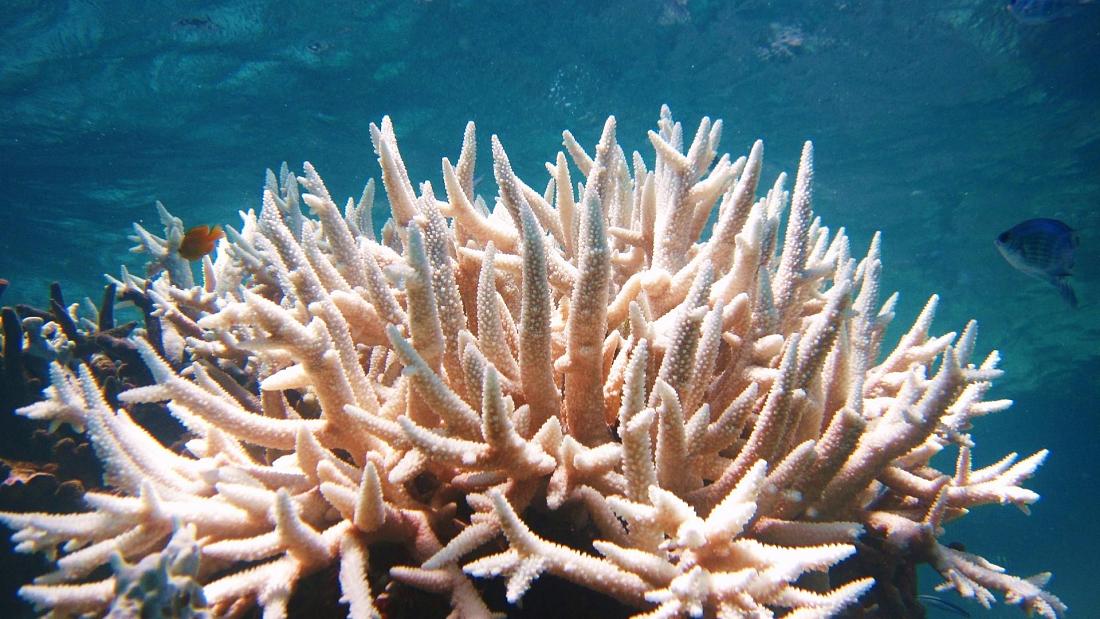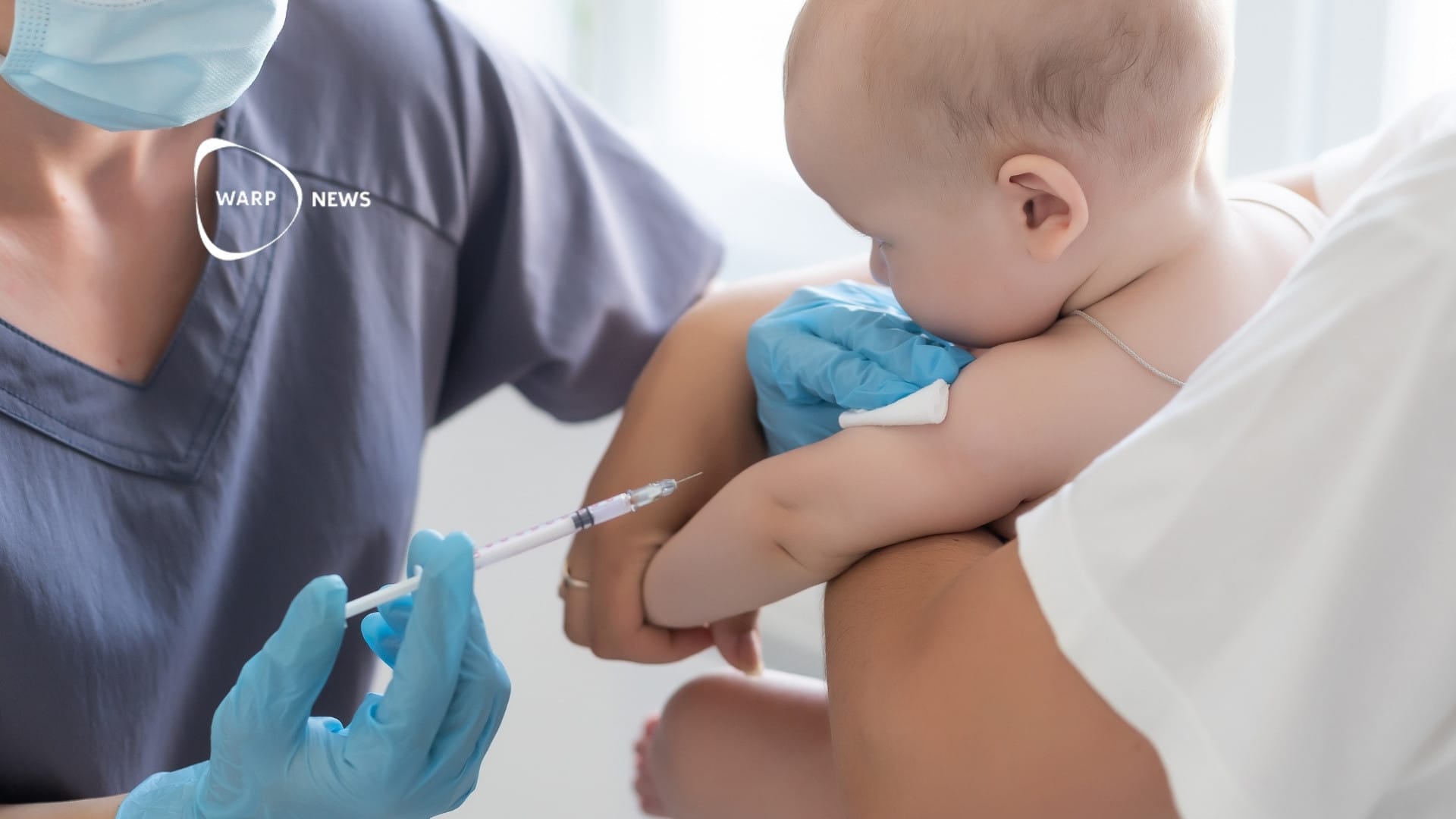
🐠 IVF corals grown on Great Barrier Reef
The first ever generation of IVF corals babies were successfully reproduced on the Great Barrier Reef.
Share this story!
The Great Barrier Reef Foundation announced the exciting news on Monday the 6th of December: the first-ever generation of IVF coral babies were successfully grown on one of the Great Barrier reefs' degraded parts.
“We couldn’t be more excited to see that these coral babies have grown from microscopic larvae to the size of dinner plates, having not only survived a bleaching event but are now reproducing themselves – helping to produce larvae that can restore a degraded reef,” GBRF Managing Director Anna Marsden said in an announcement.
In order to help the coral reefs and grow baby corals, GBRF has come up with a method they call Coral IVF. The foundation explains that coral IVF uses modern technology to breed and spread corals in order to have the highest chance of surviving.
“Our researchers capture coral eggs and sperm, called spawn, from healthy reefs and rear millions of baby corals in specially-designed floating pools on the Reef and in tanks. When they are ready, we deliver them onto damaged reefs to restore and repopulate them,” GBRF explained.
GBRF has been running trials on their IVF method on reefs near Queensland. Earlier, the concept was successfully tested in Singapore, but this is the first time used on the Great Barrier Reef. According to GBRF, "the Coral IVF trial led to the birth of 22 colonies that have already survived a bleaching event and grown to maturity".
What makes this concept a winning one? Well, New Atlas explains that these coral babies are more resilient to bleaching because they are grown in nurseries alongside algae called zooxanthellae, which have been lab-grown to have a higher heat tolerance. Also, they are paired with the coral larvae earlier than in nature, making the coral more likely to survive as they have more energy and grow faster.
Now, GBRF wants to expand this concept:
“We’ve calculated that we would need to start developing tens or hundreds of millions of these juvenile corals to start getting to very large scale,” Professor Harrison told The Sydney Morning Herald. “All of that is doable.”

By becoming a premium supporter, you help in the creation and sharing of fact-based optimistic news all over the world.



